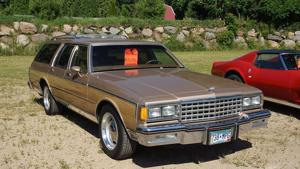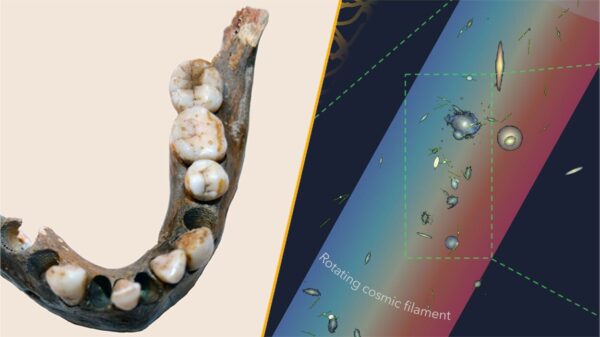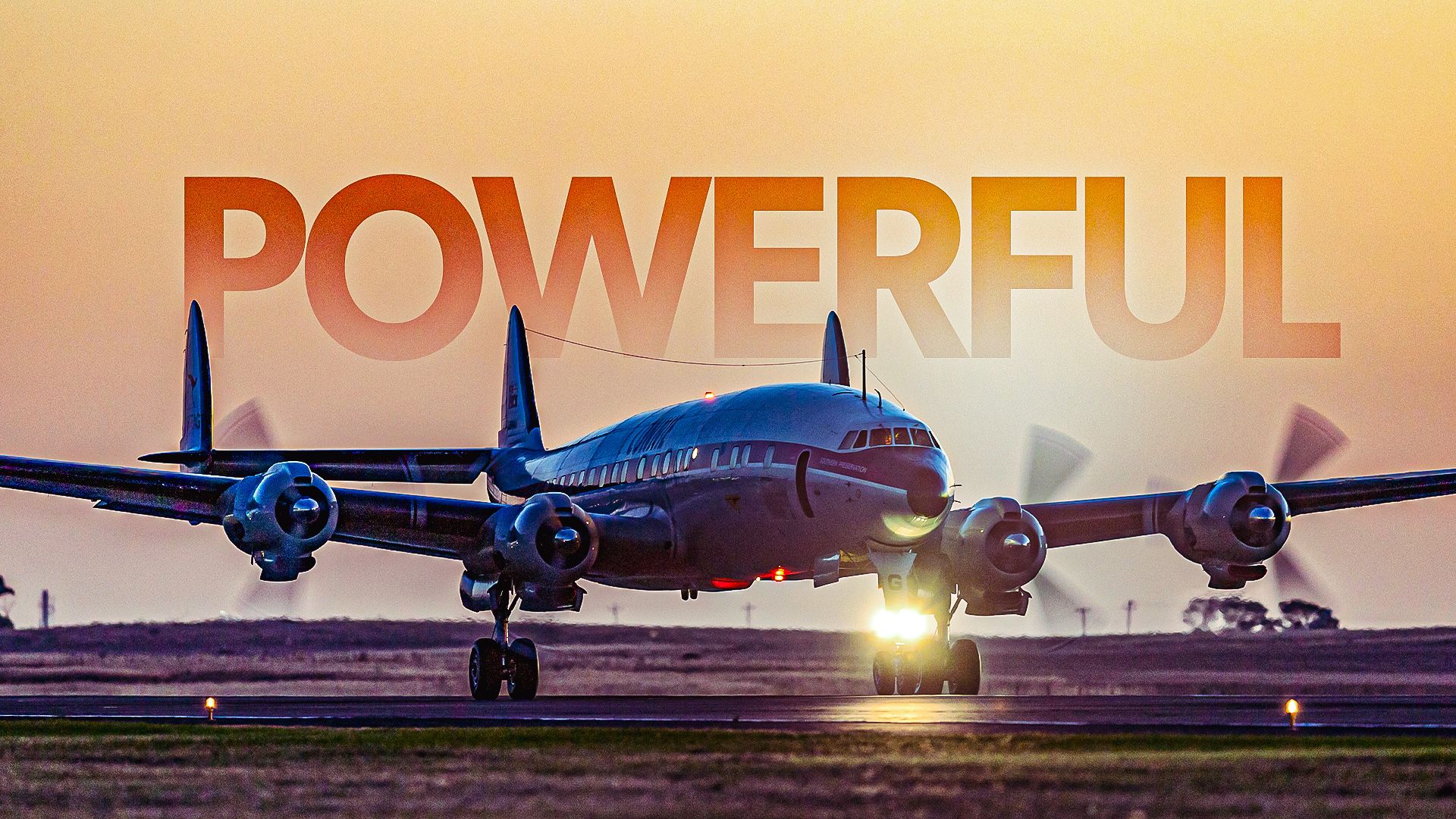The Lockheed Constellation, affectionately known as “Connie” among aviation enthusiasts, played a pivotal role in the evolution of air travel during the mid-20th century. Its innovative design, exceptional performance, and versatility established it as a cornerstone of aviation history. This article delves into the powerful attributes of the Constellation, highlighting its engine technology, various models, and the reasons it became a staple for both commercial airlines and military operations.
A Brief History of the Lockheed Constellation
The conception of the Lockheed Constellation dates back to March 1939, when Trans World Airlines (TWA) sought an advanced airliner capable of flying distances exceeding 3,500 miles (5,600 kilometers). Despite the disruptions caused by World War II, the ambitious vision of engineer Kelly Johnson and his team at Lockheed prevailed. The prototype made its inaugural flight on January 9, 1943, initially serving as a military transport designated the C-69.
After the war, the Constellation transitioned to commercial aviation, with the L-049 model entering service in late 1945. Over the years, a total of 856 aircraft were produced between 1943 and 1958, making it an iconic symbol of long-haul flight. Its distinctive triple-tail design and elongated fuselage became synonymous with post-war air travel.
Throughout its production run, the Constellation evolved through various models, each boasting improvements in fuel capacity, passenger comfort, and engine performance. The aircraft not only served airlines but also adapted into military roles, including maritime patrol and electronic surveillance. Its multifaceted design contributed to its enduring legacy.
Understanding the Variants and Engine Technology
To grasp the full extent of the Constellation’s power, it is essential to examine the different variants and their specifications. The series began with the L-049 and extended to the L-1649 Starliner, showcasing significant advancements in airframe design and engine technology.
The following table highlights some major variants, their first flight dates, and key specifications:
| Variant | First Flight | Length | Approx MTOW | Engine Type | Production Numbers |
|——————|—————-|——————|——————|—————————–|———————|
| C-69 / L-049 | Jan 1943 | 95 ft | 39,115 kg | R-3350 Duplex-Cyclone | 88 |
| L-649 | Oct 1946 | Improved L-049 | 42,640 kg | Up-rated R-3350 | 14 |
| L-749 | Mar 1947 | Increased fuel | 46,260 kg | R-3350 upgrade | 60 |
| L-1049 (“Super”) | Oct 1950 | 113 ft | 54,400 kg | R-3350 Turbo-Compound | 24 initially, many more later |
| L-1649A | 1956 | Final refined | Varied | R-3350 Turbo-Compound | 44 |
The evolution of the Constellation is evident in its growing dimensions, increased maximum take-off weight (MTOW), and enhanced fuel capacity. The advanced Wright R-3350 Duplex-Cyclone engines were critical to this performance. These 18-cylinder, twin-row radial engines generated between 2,200 hp and over 3,500 hp, depending on the variant.
The turbo-compound versions, used in later models, incorporated three power recovery turbines that improved efficiency and added approximately 20% more power. This innovative design provided the Constellation with an operational edge, enabling it to carry larger payloads and achieve higher cruising speeds, such as the L-1049G’s top speed of approximately 370 mph (595 km/h) at altitude.
The R-3350 engines were not exclusive to the Constellation; they powered a variety of notable aircraft, including the Boeing B-29 Superfortress, Douglas DC-7, and Lockheed P-2 Neptune. The widespread use of the R-3350 highlights the engine’s adaptability and reliability across different platforms.
The Constellation’s reputation endured as airlines continued to utilize it despite the emergence of jet aircraft. Its combination of performance, range, and reliability made it a popular choice during a transitional period in aviation history. The L-749 variant, in particular, became favored for its enhanced trans-Atlantic capabilities, appealing to airlines expanding their long-haul routes.
The enduring appeal of the Lockheed Constellation lies in its remarkable fusion of engineering excellence and operational versatility. As the aviation industry shifted towards jets, the Constellation stood as a testament to the capabilities of piston-driven aircraft, showcasing how sophisticated design and powerful engineering could coexist. It remains a beloved piece of aviation history, representing a time when propeller-driven aircraft reigned supreme before the jet age took over.






































































